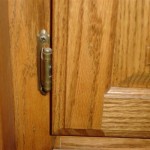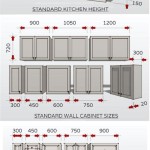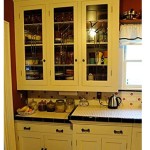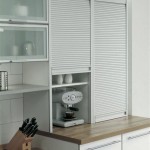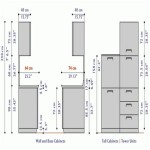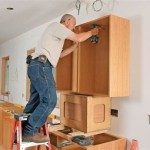Essential Aspects of Kitchen Cabinet Rail Lighting
For modernizing any kitchen décor, kitchen cabinet lighting is a crucial element. By highlighting the finest features of your cabinets and illuminating dark places, it improves both functionality and beauty. Understanding the essential aspects of kitchen cabinet light rail is essential for selecting and installing the ideal lighting system for your space.Placement
To guarantee uniform illumination, the placement of your kitchen cabinet light rail is essential. Above the cabinets, under them, or both are common mounting possibilities. Above-cabinet lighting emphasizes upper cabinets and delivers ambient light, while under-cabinet lighting highlights countertops and task areas. Deciding on the best mounting place depends on your kitchen layout and lighting requirements.
Type of Lighting
Different lighting types have varying effects on the ambiance of your kitchen. Light-emitting diodes (LEDs) are energy-efficient and long-lasting, making them the preferred choice for kitchen cabinet lighting. Fluorescent lights are also a good option for general illumination, although they may not be as energy-efficient as LEDs. Incandescent lights create a warm ambiance but consume more energy and have a shorter lifespan.
Intensity and Color Temperature
The intensity and color temperature of your kitchen cabinet light rail affect the overall atmosphere of your kitchen. Measured in lumens, intensity refers to the brightness of the light. For optimal task lighting, higher lumen output is needed. Color temperature, measured in Kelvins (K), describes the warmth or coolness of the light. Warmer tones (2,700-3,000K) create a cozy ambiance, while cooler tones (4,000-5,000K) provide brighter, more invigorating light.
Dimmability
Dimmable kitchen cabinet lights provide versatility by allowing you to alter the light intensity to meet your needs. Dimming is useful for establishing a more intimate mood or reducing glare when performing tasks that require less light. Look for light rails with built-in dimmers or compatible with external dimmer switches.
Installation and Safety
Proper installation is essential to guarantee the safety and longevity of your kitchen cabinet light rail. Follow the manufacturer's instructions carefully and employ a licensed electrician if required. Ensure that your light rail is ETL or UL-listed for safety and meets all electrical codes.
### Conclusion Selecting the right kitchen cabinet light rail requires considering these key elements. By understanding placement, lighting type, intensity, color temperature, dimmability, and installation safety, you can create the perfect lighting solution that enhances the beauty, functionality, and ambiance of your kitchen.
Traditional Light Rail Moulding Decora Cabinetry

Thomasville Embellishments Traditional Wood Edge Light Rail

Light Rail Molding 1 Pcs Professional Cabinet Solutions Designer Kitchen Cabinetry

Image Result For Light Rail On Shaker Cabinets Kitchen With Crown Molding

Thomasville Embellishments Small Light Rail Moulding

Light Rail Molding For Kitchen Cabinets Dura Supreme Cabinetry

Dress Cabinets For Success With Light Rail Molding

How To Cabinet Molding Kitchen Cabinets Makeover Under Lighting

Light Rail Molding Under Microwave

Concave Light Rail Moulding Omega Cabinetry Embellishments
Related Posts

